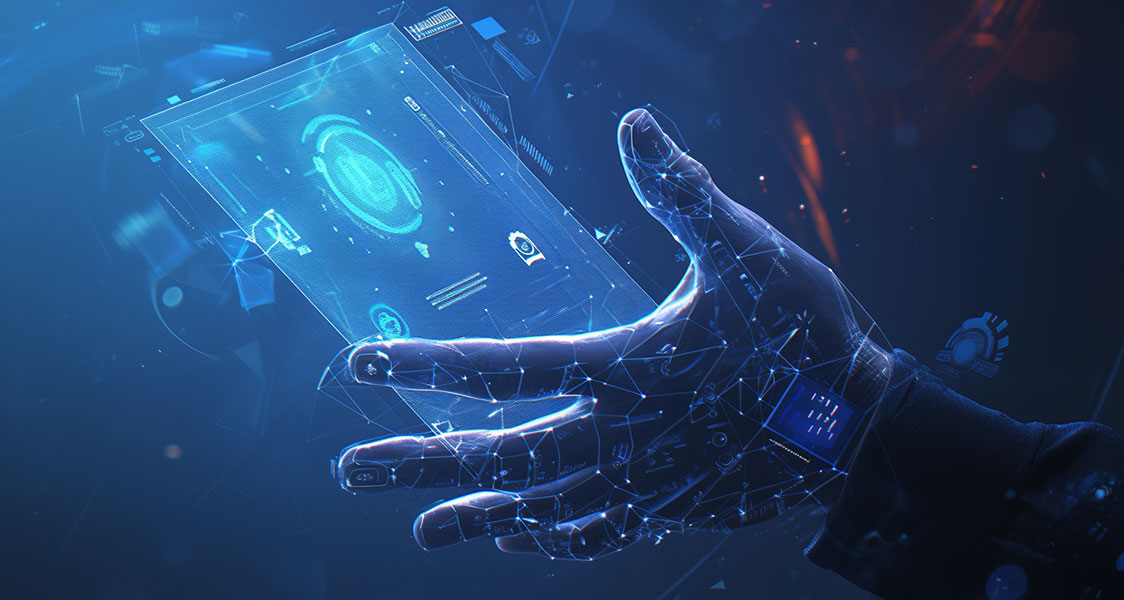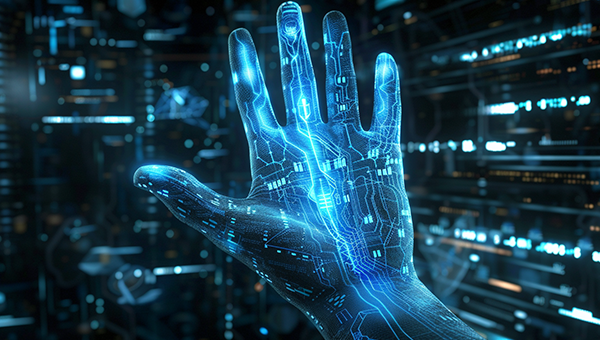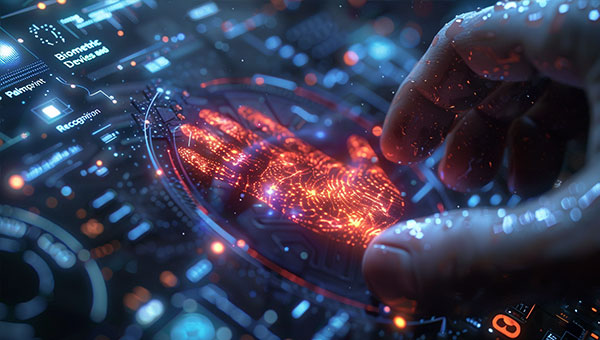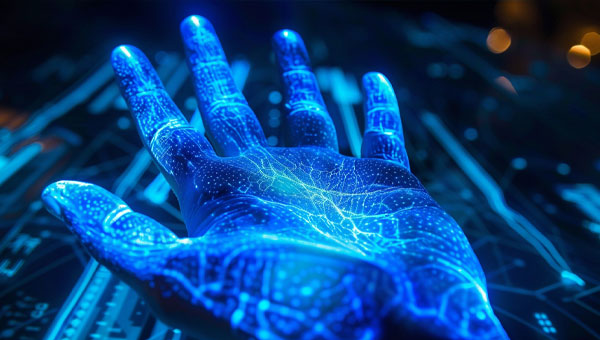What is Palmprint Recognition?
Palmprint recognition is a biometric technology that analyzes the unique features of the palm for identity verification and confirmation. Compared with other biometric technologies such as fingerprint recognition and facial recognition, palmprint recognition has higher security and accuracy. The following will introduce in detail the working principle, advantages, application areas and future development prospects of palmprint recognition.
Working Principle of Palmprint Recognition
Palmprint recognition technology uses the surface features and internal vein patterns of the palm to confirm the identity. Specifically, palmprint recognition includes the following steps:
Palm image acquisition: The user places or hovers the palm on the palmprint recognition device, and the device obtains the image of the palm through a camera or scanner.
Feature extraction: The palmprint recognition system extracts the surface features of the palm, such as palmprint lines, wrinkles, and skin texture, and also uses infrared technology to capture the vein structure inside the palm.
Feature matching: The extracted feature information is compared with the palmprint features pre-stored in the database. The matching process uses complex algorithms to ensure the accuracy and reliability of recognition.
Identity confirmation: If the match is successful, the system will confirm the user's identity and allow them to perform related operations, such as payment, access control, etc.

Advantages of palmprint recognition
High accuracy: The uniqueness of palmprints and palm veins makes palmprint recognition very accurate and reliable. Each person's palmprint and vein pattern is unique and difficult to forge.
High security: Palmprint recognition combines dual verification of surface and internal features, which is difficult to copy and deceive. This dual verification improves the recognition standard of biometrics.
Contactless: Users only need to hover their palms over the recognition device without contacting the device, reducing the risk of bacterial transmission and being more hygienic.
Convenience: Compared with traditional passwords, cards or keys, palmprint recognition is more convenient. Users do not need to carry anything and can complete identity verification by waving their hands.
Applications of palmprint recognition
Payment system: Palmprint recognition has been applied to mobile payment and contactless payment. For example, Amazon One and WeChat's palm payment system allow users to complete payment with a simple wave of their hands.
Access control management: In places that require high security, such as office buildings, schools, and hospitals, palmprint recognition is used in access control management systems to ensure that only authorized personnel can enter.
Financial services: Banks and financial institutions use palmprint recognition technology to identify customers, ensure the security of transactions, and prevent fraud.
Medical fields: Palmprint recognition is used in medical institutions to confirm patient identities, ensure the accuracy of medical records, and prevent identity theft.
Public security: Palmprint recognition technology is used for identity checks in public places such as airports and train stations to improve public security.

Future development prospects of palmprint recognition
With the continuous advancement of technology and the expansion of application scenarios, palmprint recognition is expected to play a greater role in the future:
Technology improvement: With the advancement of algorithms and sensor technology, the accuracy and speed of palmprint recognition will be further improved.
Application expansion: Palmprint recognition will be applied to more fields to improve the convenience of life, such as smart homes, car keyless entry systems, etc.
Data security: The development of palmprint recognition technology in the future will focus more on the protection of user data, and ensure the security of users' biometric information through encryption and privacy protection measures.
Standardization: With the widespread application of palmprint recognition technology, standards and specifications compliant to the industry will be gradually established to ensure the uniformity and interoperability of technology.
As an advanced biometric technology, palmprint recognition is becoming the preferred authentication method in more and more fields with its high security, convenience and accuracy. With the continuous maturity of technology and the expansion of application scenarios, palmprint recognition will play an important role in the future digital society, bringing more convenience and security.










